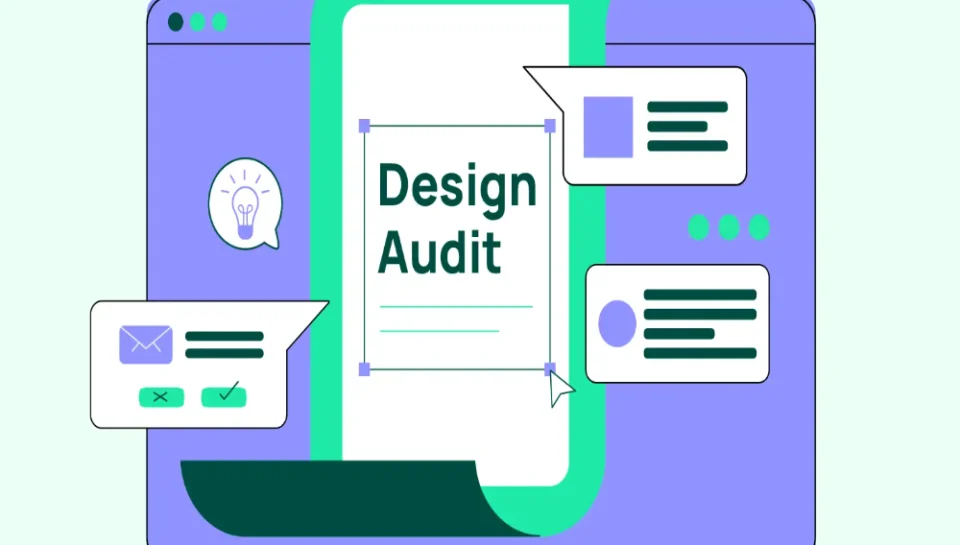
Briefly outline the steps for conducting a brochure design audit.
Introduction
A brochure design audit is a systematic evaluation of an existing brochure to ensure it aligns with brand identity, communicates effectively, and meets its marketing goals. Conducting a design audit helps identify visual, structural, or messaging inconsistencies and provides opportunities for improvement. Whether for print or digital brochures, a well-executed audit ensures the material stays relevant, professional, and strategically effective.
Step 1: Review Objectives and Target Audience
Begin by revisiting the brochure’s original purpose. What is the goal—promotion, information, education, or sales? Identify whether the design and content still speak effectively to the intended target audience. If business priorities or audience segments have changed, the brochure may need a full refresh.
Step 2: Assess Visual Consistency
Evaluate whether brand colors, logos, fonts, and imagery align with current brand guidelines. Check for consistency in layout, spacing, alignment, and use of white space. Look for any design elements that feel outdated or visually disconnected from other branded materials.
Step 3: Evaluate Content Quality
Review the copy for clarity, accuracy, tone, and grammar. Ensure that key messages are prominent, easy to understand, and aligned with current brand voice. Outdated or redundant information should be removed or revised. Confirm that calls to action are visible and compelling.
Step 4: Test Layout and Readability
Check the flow of information from start to finish. Is the content logically organized? Are headlines and subheadings used effectively? Assess the balance between text and imagery, and confirm that the brochure is scannable and visually engaging.
Step 5: Analyze Image Relevance and Quality
Inspect all visuals for resolution, branding alignment, and message support. Replace any low-quality, irrelevant, or off-brand images. Ensure images enhance, not distract from, the brochure’s content and purpose.
Step 6: Check Technical and Print Specifications
For printed brochures, verify margins, bleed settings, resolution (300 dpi), and color profiles (CMYK). For digital brochures, test responsiveness, file size, and link functionality. A technically sound file ensures optimal delivery across mediums.
Step 7: Gather Feedback
Collect input from internal teams and a sample of target users. Ask about clarity, design appeal, and ease of navigation. Real user feedback helps uncover blind spots and reveals areas needing improvement.
Step 8: Document Findings and Recommendations
Summarize audit results in a clear report highlighting strengths, weaknesses, and suggested updates. Include visual annotations where necessary and prioritize action items based on urgency and impact.
Conclusion
Conducting a brochure design audit helps ensure your marketing materials remain aligned, effective, and on-brand. By reviewing each component—visuals, content, layout, and technical elements—you can maintain high standards and deliver brochures that truly support your communication goals.
Hashtags
#BrochureAudit #DesignReview #MarketingCollaterals #BrochureChecklist #VisualConsistency #ContentAudit #PrintMarketing #BrandAlignment #DesignQuality #CreativeAudit #BrandingStandards #BrochureDesign #MarketingMaterials #ContentClarity #UserFeedback #GraphicDesignReview #MarketingEffectiveness #PrintReady #DigitalBrochures #CreativeEvaluation #DesignImprovements #VisualCommunication #BrandConsistency #DesignOptimization #BrochureStrategy





